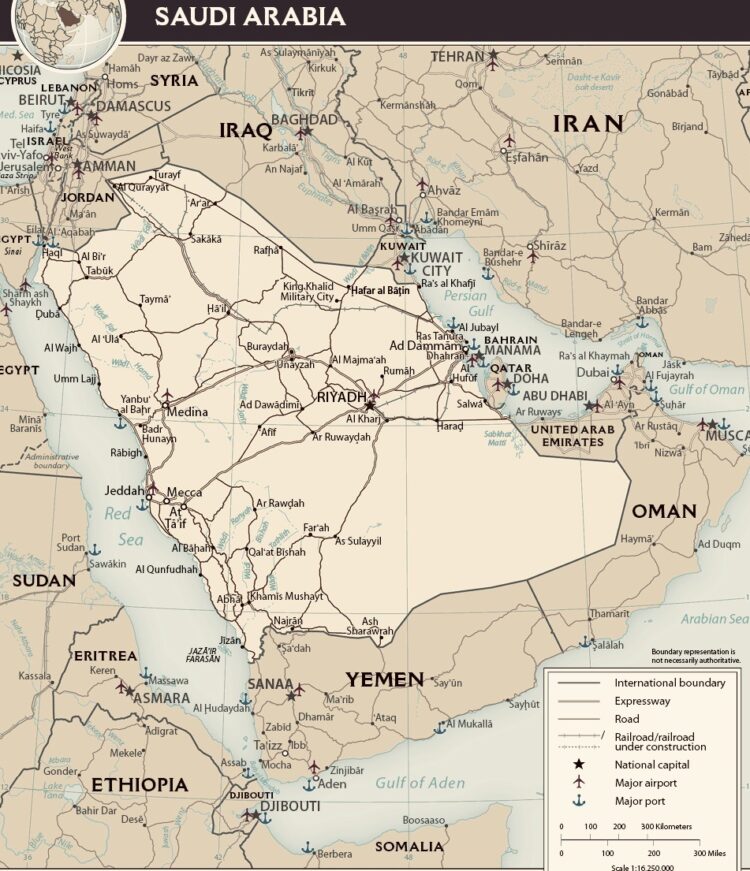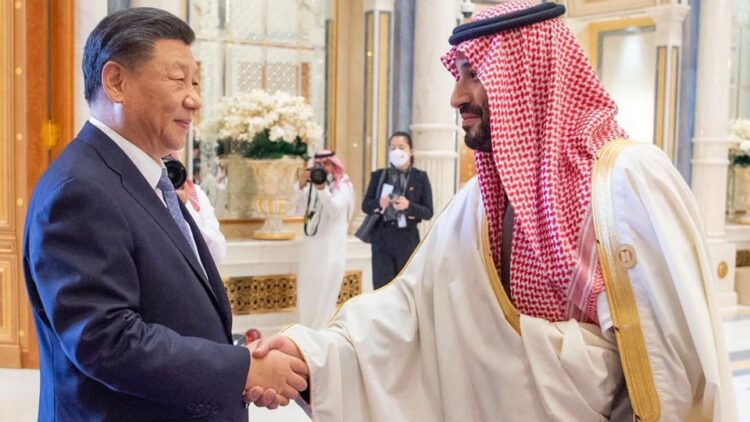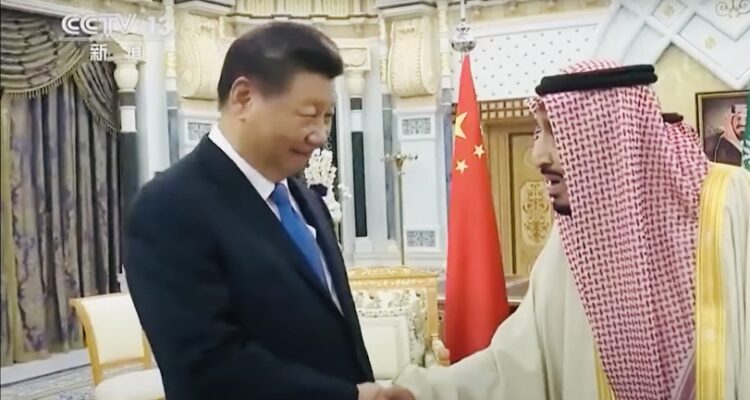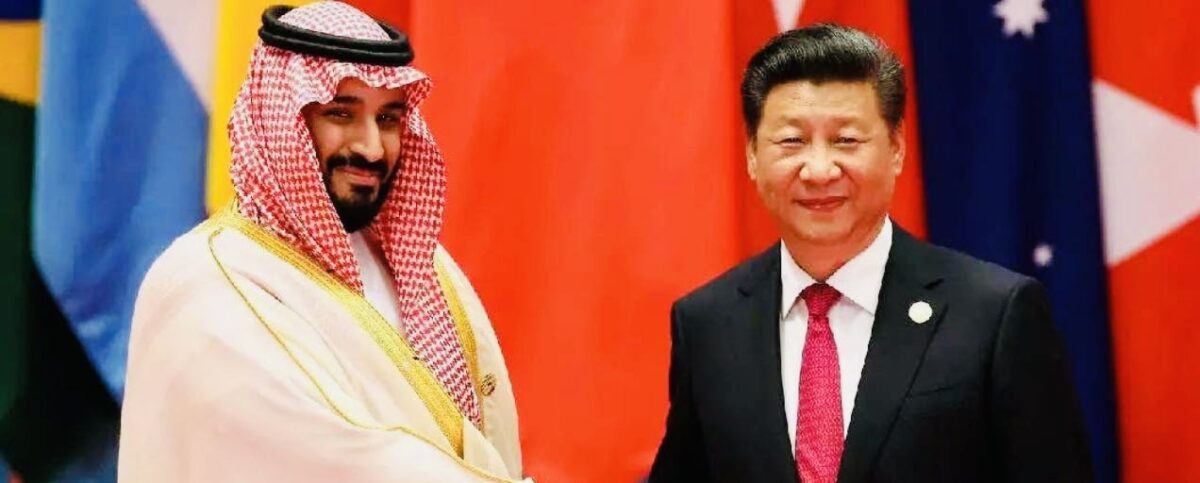China’s global rivalry with the United States has reached Saudi Arabia.
Late last week, Chinese leader Xi Jinping spent three days in the desert kingdom in a landmark visit during which he signed a myriad of agreements with his Saudi counterpart, Crown Prince Mohammed bin Salman, the de facto ruler of Saudi Arabia, a key U.S. ally.
In recent years, as U.S.-Saudi relations have come under strain, Saudi Arabia has sought to diversify its international relations in an emerging multipolar world.
While the United States was once Saudi Arabia’s closest non-Arab ally, this is not necessarily true today. Of late, Saudi Arabia — the seat of Islam and the world’s biggest oil exporter — has forged increasingly deeper relationships with Washington’s rivals, Russia and China, on the assumption that the United States is declining as a superpower and gradually retreating from the Middle East.
Saudi Arabia, too, is seeking greater self-reliance so as to loosen its dependency on the United States, which is still the dominant power in the region.
This process already has begun on a commercial level.
China has eclipsed the United States as Saudi Arabia’s largest trading partner. Last year, Chinese exports totalled $30.3 billion, while Saudi exports hit $57 billion.
Saudi petroleum comprises 18 percent of China’s crude oil imports. This year it will be worth almost $60 billion.
Until quite recently, China’s ties with China basically revolved around oil, but today it is infinitely more varied, with infrastructure projects, arms sales and technology transfers having been thrown into the mix.

By all accounts, China and Saudi Arabia signed more than 40 agreements by the end of Xi Jinping’s trip, which the Chinese Foreign Ministry hailed as “the largest and highest-level diplomatic event between China and the Arab world since the founding of the People’s Republic of China.”
“It will be an epoch-making milestone in the history of China-Arab relations,” a ministry spokeswoman added.

According to Xinhua, the Chinese news agency, Xi Jinping and the crown prince signed a memorandum of understanding to align China’s Belt and Road Initiative with Saudi Arabia’s economic diversification plan, which aims to wean the Saudis off their one-sided dependence on oil.
The two sides also agreed to cooperate in the fields of renewable energy, hydrogen energy, carbon capture, green and information technology and space exploration, as well to expand people-to-people exchanges and cultural ties.
No new defence deals were announced, but in joint statement, they “emphasized their determination to strengthen cooperation and coordination in various fields of defence,” including the sharing of intelligence and cooperation in counter-terrorism.

China’s interests in the region do not necessarily collide with those of the United States. China seeks regional stability to promote the free flow of commerce and its access to markets. But if China should decide to project military might in the Middle East, new tensions will likely arise.
China’s current security role in the region remains limited compared to that of the United States, which has a multiplicity of military bases in Arab countries, including Saudi Arabia.
Washington has encouraged regional allies ranging from Saudi Arabia to Israel to avoid building strong relations with China. The Saudis, in particular, have rebuffed the Americans, having been offended by U.S. policy.
During the U.S. presidential campaign, Joe Biden promised to treat Saudi Arabia like a “pariah” state following the murder of Saudi dissident Jamal Khashoggi in the Saudi consulate in Istanbul in 2018.
Shortly after his inaugural as president, Biden released a U.S. intelligence report claiming the crown prince had most likely ordered Khashoggi’s murder.
When Biden visited Saudi Arabia last July, the crown prince greeted him with a fist bump in a subdued ceremony. But when Xi Jinping arrived, he welcomed him with an effusive handshake and a flypast of jets trailing the red and yellow colors of China’s flag.
Make no mistake, Saudi Arabia’s relations with the United States are still of key importance, but China is catching up.
